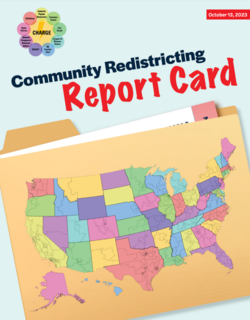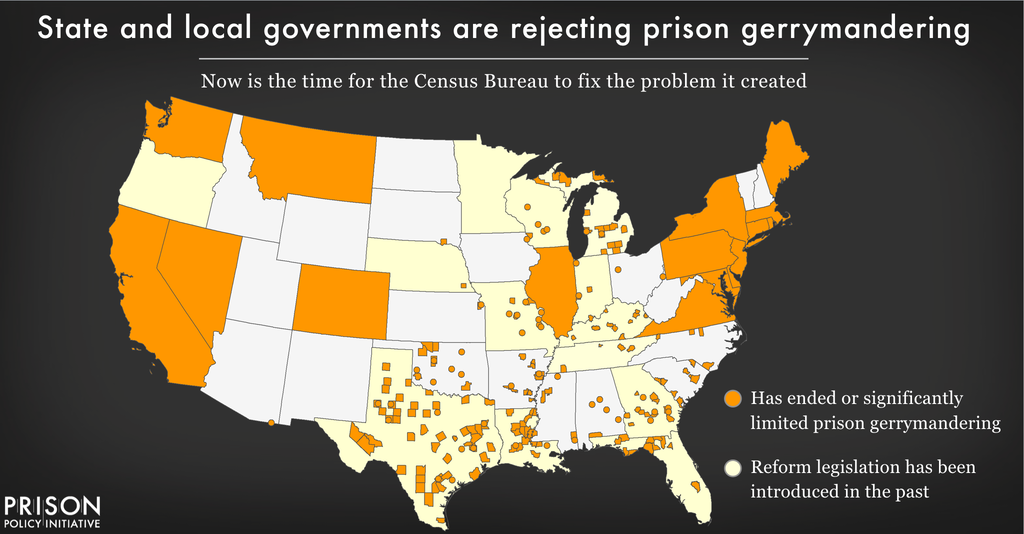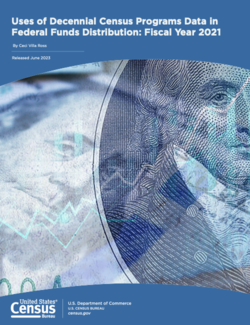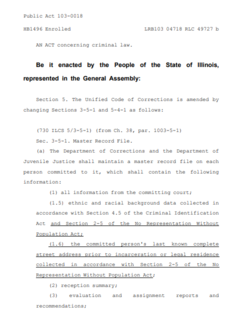What the ten worst prison gerrymanders of the 2020 redistricting cycle tell us about how the problem is changing
New analysis shows that the Census’ flawed way of counting incarcerated people is increasingly harming rural areas — and both political parties.
by Aleks Kajstura and Mike Wessler, February 26, 2024
The 2020 redistricting cycle was a turning point in the effort to end prison gerrymandering. Fixing the Census Bureau’s flawed way of counting incarcerated people was once considered a niche issue, but after 2020 is now “the fastest-growing trend in redistricting,” according to the fiercely bipartisan National Conference of State Legislatures.
We previously looked at the experiences of states that have addressed prison gerrymandering after the 2020 Census. We wanted to also see what happened in states that haven’t fixed this problem to see what it tells us about how this issue plays out across the country as we look toward the 2030 count.
To do this, we examined the ten state legislative districts1 where, according to Census data, people held at correctional facilities account for the largest percentage of the district population.
These ten worst prison gerrymanders in the nation show the problem is increasingly harming residents of rural states and defying some of the preconceived notions about partisan impacts.
| State | District | Percent of district’s Census population incarcerated | What party holds the seat? |
|---|---|---|---|
| New Hampshire | House District Merrimack 17 | 49.5% | Democratic |
| West Virginia | House District 83 | 18.4% | Republican |
| Mississippi | House District 47 | 17.7% | Democratic |
| Mississippi | House District 68 | 16.6% | Democratic |
| Oklahoma | House District 56 | 14.0% | Republican |
| Wyoming | House District 2 | 13.6% | Republican |
| Mississippi | House District 26 | 13.6% | Democratic |
| Arkansas | House District 65 | 13.5% | Democratic |
| West Virginia | House District 45 | 12.6% | Republican |
| South Carolina | House District 73 | 12.0% | Democratic |
Rural states bear the burden of the Census Bureau’s error
This analysis shows that prison gerrymandering is a problem increasingly harming residents in some of the most rural states. While some might be tempted to chalk this up to the political dynamics of those states — we explain later in this piece why this seems increasingly unlikely — the truth is this is likely more a reflection of the Census Bureau shifting its responsibilities to over-burdened state governments and the series of trade-offs this forces states to make.
Prison gerrymandering is a problem created by the Census Bureau. Every ten years, it erroneously counts incarcerated people at the location of the facility they happen to be on Census Day rather than in their home communities. When state and local governments use this data for redistricting, they inadvertently give communities that contain prisons greater political clout at the expense of everyone else.
If states want to draw fairer districts by ending prison gerrymandering, they have to take on the task of fixing the flawed Census Bureau data to count incarcerated people at their true homes. This takes time, effort, and money, three rare and valuable commodities during redistricting.
To be clear, fixing prison gerrymandering is not a hugely expensive endeavor.2 But state budgets are a series of trade-offs and compromises. If lawmakers have the chance to spend even a few thousand dollars on direct services to their residents or can use that money to fix the Census Bureau’s mistake that caused prison gerrymandering, which do you think they’re likely to choose?
The experience of Montana, a state that has addressed prison gerrymandering despite its comparably small budget, shows the budgetary tricks or luck that states have to rely on to fix this Census Bureau mistake. During the 2020 redistricting cycle, commissioners in that state were unanimous in their desire to address prison gerrymandering, but it almost did not happen because they didn’t have the money to adjust the Census redistricting data to count incarcerated people at home. Ultimately, they could only implement this change because COVID-related restrictions meant that they could use money initially allocated for travel instead to end prison gerrymandering.
Some might be tempted to ask, “Why should the Census Bureau take on this effort instead of the places that want to change the data?” The simple fact is that the Census Bureau has a duty to provide states with redistricting data fit for use — a duty that the emerging consensus among states shows they are not meeting. State and local governments have been loud and clear, they want the Bureau to fix this problem.
Roughly half of all U.S. residents now live in a city, county, or state that has ended prison gerrymandering, with more almost certain to join them before the 2030 redistricting cycle. The Bureau’s stubborn refusal to change how it counts incarcerated people is a liability for a rapidly growing swath of the country and a disincentive for more places to join their ranks.
Additionally, it is important to remember that apart from any concerns about taking on additional burdens and redistricting time, states can only partially solve the problem. Prison gerrymandering is a national problem that crosses jurisdictional boundaries. No city, county, or state can completely fix this issue on its own. Only the Census Bureau can fully solve this problem nationwide.
Prison gerrymandering is not a partisan issue
Redistricting is notoriously contentious, with politicians working to gain leverage for their party in state houses.
While some have sought to paint the effort to end prison gerrymandering as a partisan tool in those fights, this analysis firmly busts that myth. These data show that both parties are harmed by prison gerrymandering.
Of these ten districts, six are districts controlled by Democrats, while Republicans control four. Notably, the district most distorted by a prison, New Hampshire’s Merrimack 17, is currently held by a Democrat. Prison gerrymandering distorts this district so severely that residents there have twice the political clout of residents of any other district in the state without a prison.
This is the latest piece of evidence that prison gerrymandering reform regularly defies traditional political expectations:
- More than 200 rural city and county governments — many in some of the most conservative parts of the country — have recognized how prison gerrymandering harms their residents and have taken it upon themselves to fix Census data to address prison gerrymandering.
- Deep “blue” states like California, “purple” states like Maine and Pennsylvania, and deep “red” states like Montana — where prison gerrymandering-reform legislation received wide bipartisan support — have all taken action to address the problem.
- In Maryland, the first state in the nation to address the problem, the sponsor of the bill ending prison gerrymandering was a main beneficiary of the Census Bureau’s flawed way of counting incarcerated people but championed the measure anyway, saying, “To me, it is just a fair way to count.”
This analysis makes clear that neither political party is a guaranteed winner in prison gerrymandering. But, the clear loser in prison gerrymandering is every resident who doesn’t live in a legislative district with a prison.
What does this data tell us about 2030?
The 2030 Census may seem far away, but the Bureau has already begun planning for the count. It will likely decide where to count incarcerated people in the next two to three years.
This new analysis, which shows that the burden to correct flawed Census data increasingly falls on rural states and that prison gerrymandering is an issue that defies traditional partisan assumptions, should weigh heavily on their decision.
As we wait for the Census Bureau to decide, state lawmakers — particularly in these states with the worst prison gerrymanders — should start laying the groundwork to fix this problem should the Bureau fail to act. This means passing legislation now to ensure the state has the data and expertise it needs to successfully implement reform to end prison gerrymandering during the 2030 redistricting cycle.
Footnotes
-
This analysis is based on districts as they stood after the initial redistricting period after the 2020 Census. Some of these states may have adjusted their districts since then. ↩
-
It is important to note that, if a state ends prison gerrymandering does not change how the federal government allocates funding to that state. Ending prison gerrymandering impacts political representation, not funding. ↩







